In 1900, the inaugural issue of the West Coast’s first photography magazine Camera Craft, based in San Francisco, reported on a new organization in Southern California:
“The growth of the Los Angeles Camera Club, from an idea, six months ago, to an organization numbering over two hundred and fifty members at present, is the surprise of the year. It must be in the climate.”[1]
Over the course of the 1890s, the U.S. had witnessed the rapid formation of photographer societies due to recent inventions, like the dry plate process and the introduction of roll film cameras by Eastman Kodak, which made the medium accessible to wealthy amateurs. While sources document more than ninety American camera clubs across the country,[2] the most thriving activity was happening along the East Coast, notably within the avant-garde circle surrounding Alfred Stieglitz – as would most of the scholarly research conducted on this period later on.
To explore the widely unknown history of camera clubs on the West Coast, especially regarding activities in and around Los Angeles the photo collection of the Los Angeles Public Library provides an excellent point of departure. As for most European scholars of American photography, my research in the LAPL collection started online, as I typed in the words “camera club” in TESSA in 2016. Working on my dissertation on the San Francisco-based California Camera Club, I was pleasantly surprised to actually find relevant images – such as the print “L.A. Camera Club and bicycles,” ca. 1900. Although the image does not show the 250-member organization in its entirety, it does offer a rare glimpse of Southern Californian camera work: A group of 28 people, one-third of whom are woman (!), lounging on the side of a road with tripods and bicycles casually spread out in front of them.
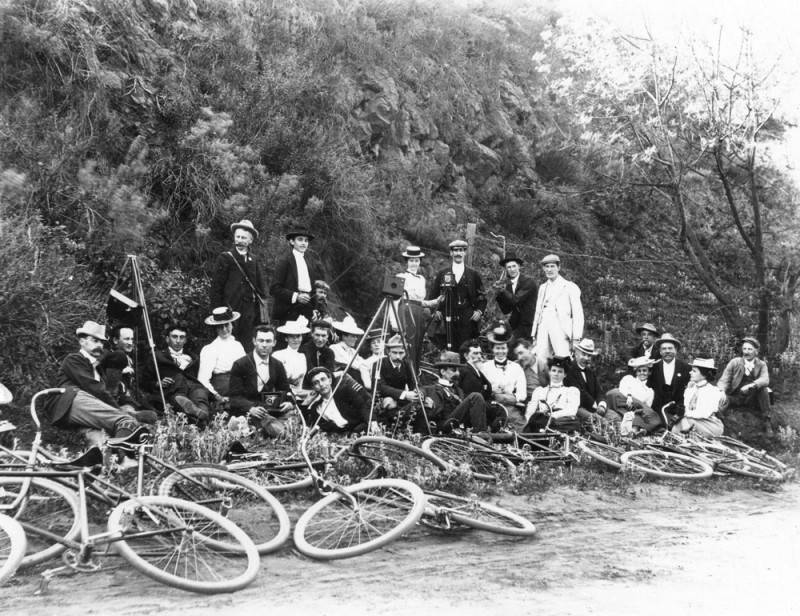
It is a rare photograph of a very common activity – an outdoor-photography excursion. For West Coast residents, perhaps more than for practitioners located elsewhere, excursions were a cherished pastime. As the announcement in Camera Craft implied, many organizations in California prided themselves on the regional climate they considered particularly apt to exploring landscapes, trying out equipment, and creating scenic views. As the photograph (and other images taken the same day) demonstrates, belonging to a camera club provided a sense of community and shared outdoor pleasures – for both men and women.
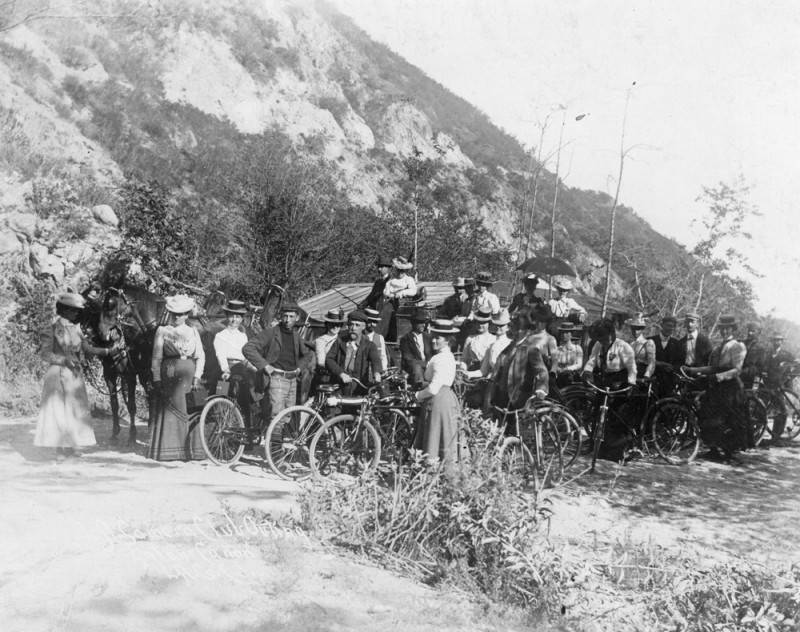
While San Francisco’s camera club was established in 1890 and its well-equipped rooms had become a popular venue for local photographers, the Southern Californian scene that took off some ten years later also sought to advertise its offices. In November 1900, the Los Angeles Herald reported on an opening reception at the club’s new headquarters, praising the various dark rooms (six!), alongside toning-, enlarging-, and printing rooms.[3]
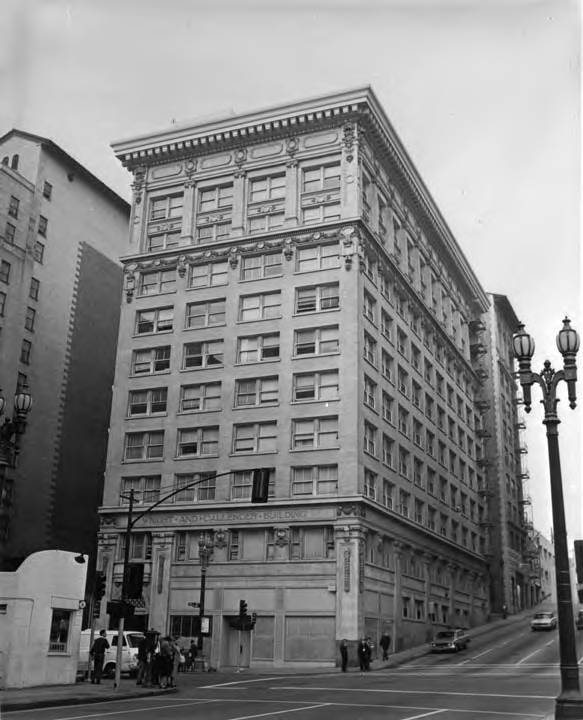
The Wright and Callender Building on Hill Street (seen here in later years), whose top floor would be occupied by the Club in 1900, came to the attention of the club officers through Frank Wiggins, then director of the Los Angeles Chamber of Commerce. His assistant, commercial photographer Carleton O. Valentine, became the first official president of the Club in late 1899. He was joined by another professional photographer, Frederic Hamer Maude, who operated a business on West 1st Street and mostly documented Los Angeles and Southwestern landscapes (as this print of the Mount Lowe Mountains, ca. 1900, illustrates).
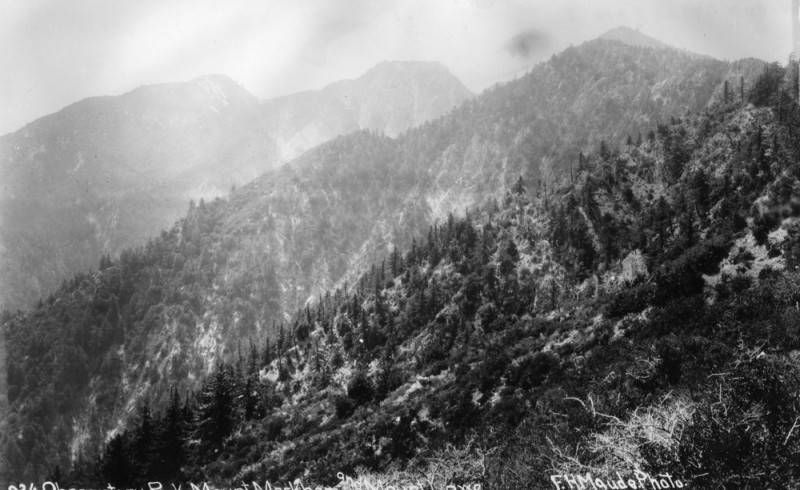
Although the label ‘camera club’ brings to mind a group of congenial amateurs with no intention of (or even explicitly opposed to) selling their work, Western clubs drew on the thriving local photography market in their membership. While the San Franciscan club was the result of such a dispute over commercializing prints (and then went on to embrace this practice), the Los Angeles Camera Club directly relied on the city’s professional network to display its work, disseminate it to larger audiences, and tout the latest equipment. The collaboration of regional boosters with the city’s photography scene does not come as a surprise as Jenny Watts, former curator of photographs at the Huntington Library, explains: “Southern California’s advocates needed photography to make words real, to demonstrate (or at least suggest) the authenticity of exaggerated claims about the future of a place like Los Angeles. Photography would be the rose-coloured glasses through which the country could glimpse this new city or, as some even claimed, this new civilization.”[4]
Like many Californian artists and writers of the time, Los Angeles Camera Club president Valentine then embraced exactly this booster rhetoric, notably in a piece in Camera Craft where he stated: “The Pacific Coast, from the orange and palm groves of Southern California to the pine-clad mountains of Oregon and Washington with caps of perpetual snow, forms the bountiful treasure-box of the camera devotee.”[5] With his business partner Arion Putnam, Valentine specialized in residence and architectural photography, and produced many picturesque scenes, for example the plaza and mission of Nuestra Senora Reina de Los Angeles near San Gabriel, seen here in a print from the California Historical Society.
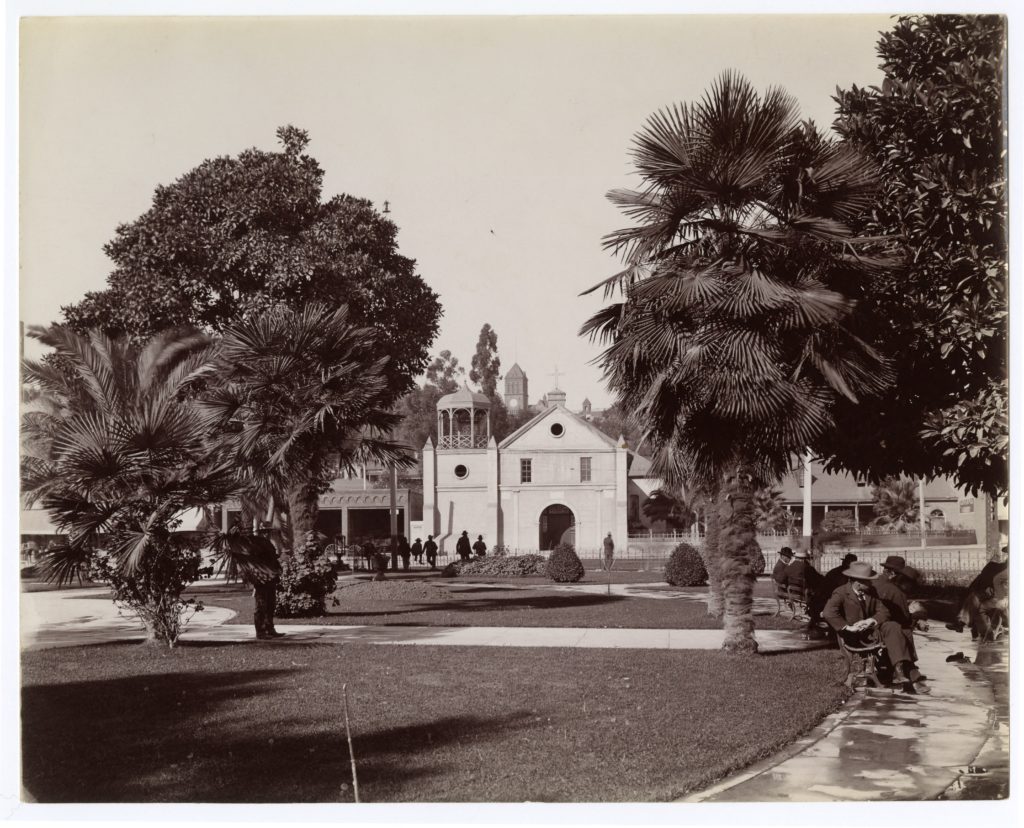

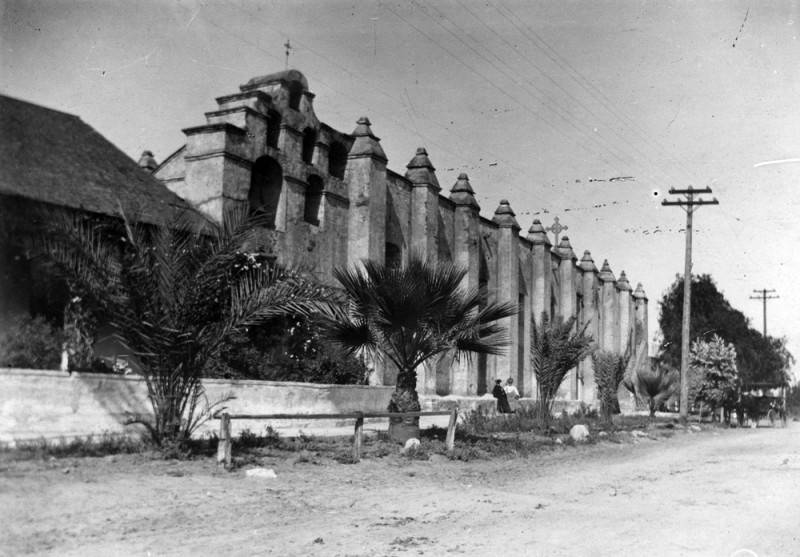
Five months later, in July 1900, another trip led members to mission San Juan Capistrano on a special “club car” booked on the Santa Fe railway. In the pages of Camera Craft, a club member described the particular attraction of the missions to Southern Californian photographers: “[T]he arches, broken columns, long corridors and ruined altar [afford] opportunities for the photographer, which fills his soul with a great joy and empties his pockets of loose change in the endeavor to secure sufficient plates and films on which to carry away all the best views.”[7] Thanks to the halftone printing process, these views would be reproduced in photographic magazines and thus reached a much broader audience across the U.S. and Europe.
While many camera clubs offered outdoor programs, the Los Angeles Club – through its association with the Chamber of Commerce – was particularly keen on contributing to the creation of a historicized Western landscape. As part of a dominant group of Anglo-American settlers, these Southern Californian photographers shaped a victorious narrative of the region in which conquest and conversion of indigenous peoples and Mexicans were romaniticized. The driving force behind this production was Mrs. Harrye Forbes, along with her husband Armitage S.C. Forbes of Pasadena.
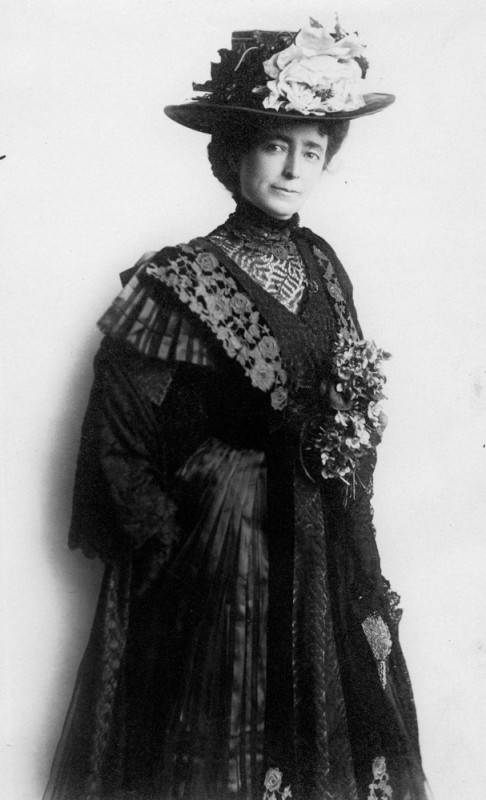
A preservationist and author, Harrye Forbes was very active in civic life, participating in Southern California’s Women Parliament and serving as chairperson of the California History and Landmarks Committee (and later as vice president of the Southern California Historical Society). More importantly, Forbes was one of the first women to be appointed on the board of directors of a camera club in a time when photographic societies barely started to offer active (rather than associate) female membership. As the majority of San Francisco’s camera club women held afternoon tea receptions or decorated headquarters, Los Angeles photographers like Harrye Forbes occupied active roles, such as director of classes on retouching, developing, and lantern slide making. In the summer of 1902, she gained additional recognition as chairperson of first Los Angeles photographic salon.[8]
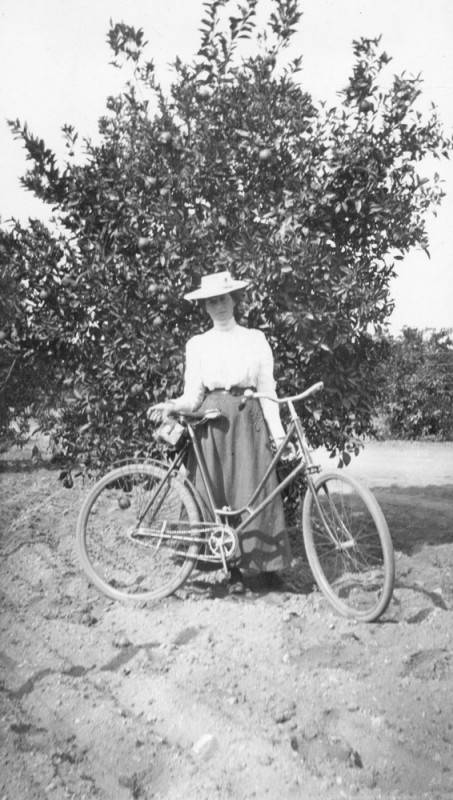
The May 1902 photographic salon, held at the club and co-organized by Forbes, was the first collective photography exhibition in Southern California. It included 550 prints submitted by 103 contributors, many of whom from San Francisco and Los Angeles, but also from Washington D.C., Philadelphia, and Louisiana. Club secretary Helen L. Davie, another active club woman, described the event in Camera Craft as “the first opportunity the Southern California amateur has had of comparing his efforts with those of the best-known workers throughout the North and East.”[9] Despite the emphasis on the “amateur” participation to demarcate the work displayed as artistic, many of the salon exhibitors were well-known professionals, like Charles C. Pierce, who showed nine prints of Southern Californian landscapes – similar to works in the C.C. Pierce collection at the LAPL.
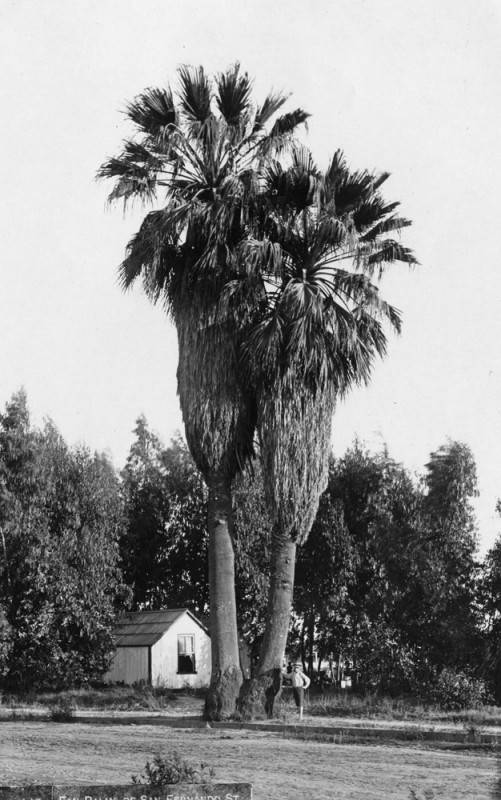
Forbes impact as a well-connected photographer and regional preservationist becomes tangible in the 1903 publication California Missions and Landmarks and How to Get There. Lavishly illustrated with images from her club colleagues and professionals – including C.C. Pierce, F.H. Maude, Putnam & Valentine, and others – the guide mixed historical information on the missions with hands-on tourist advice regarding train schedules and fares.
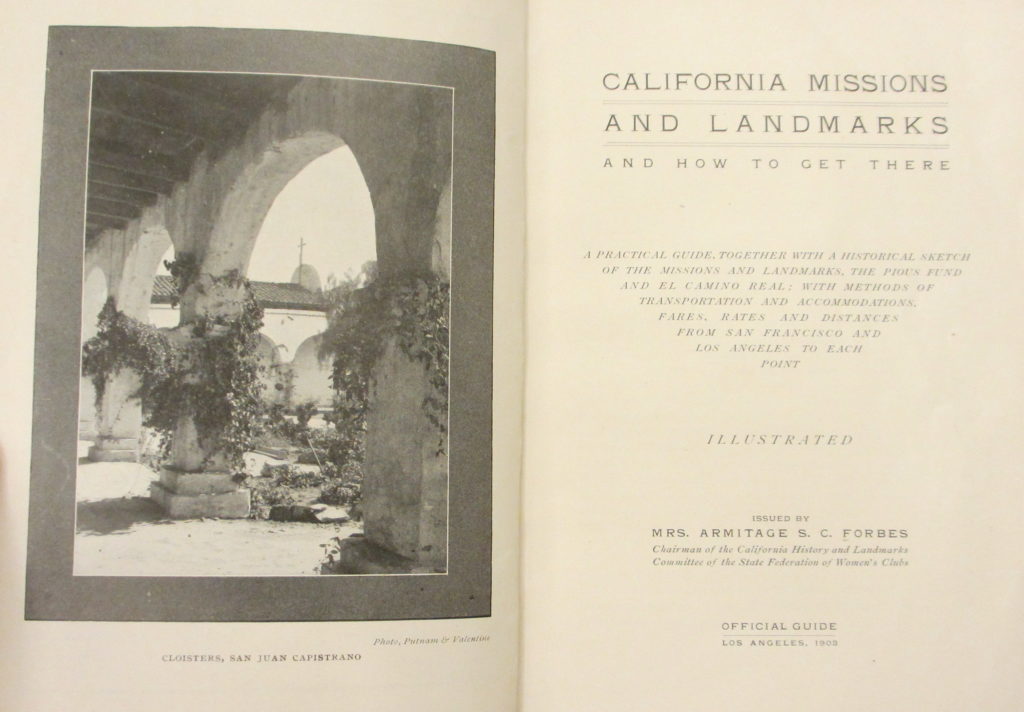
Opening to a picturesque depiction of the arches at San Juan Capistrano by Putnam & Valentine, Harrye Forbes’s introduction left little doubt about the goal of her guide: “First, to give the shortest and most direct routes whereby the traveler and student may visit the California mission buildings […]; and, secondly, to assist in creating further interest in the Mission buildings as Art treasures, hoping and trusting that ere long we, of the State of California, will learn to appreciate the legacy that Spain left to us and finally awaken to our responsibility – that of preserving and restoring the Mission Buildings.”[10]
The illustrations of crumpling arches and adobe facades amid roses insisted on the necessity of historic preservation with a sense of urgency and artistry. What Forbes and her colleagues considered authentic – the desired Spanish (i.e. white) lineage of the state of California – needed to be saved, and therefore promoted and made accessible in words, images, and practice. Marrying picture-taking and traveling, Forbes infused photography with historical and cultural meaning. To her, as to the many boosters in her circle, it was the ideal medium to internalize both a romantic European past and a dominant Anglo present – especially since cameras were mostly affordable by well-to-do Angelenos.
Despite this dynamic agenda of outings, exhibitions, and publications, the first Los Angeles Camera Club disbanded in 1904, after merely five years of activity, due to financial difficulties. By 1915, a second-generation Los Angeles Camera Club was underway. By the 1920s, the city would become a veritable photography hub, with organizations like the Southern California Camera Club, the Camera Pictorialists, or the Japanese Camera Pictorialists of California, all of whom organized exhibitions and provided venues for aspiring practitioners. Notable figures, like Edward Weston and Fred Archer (who went on to found his own school of photography after WWII), emerged out of this dense networks of clubs.[11]
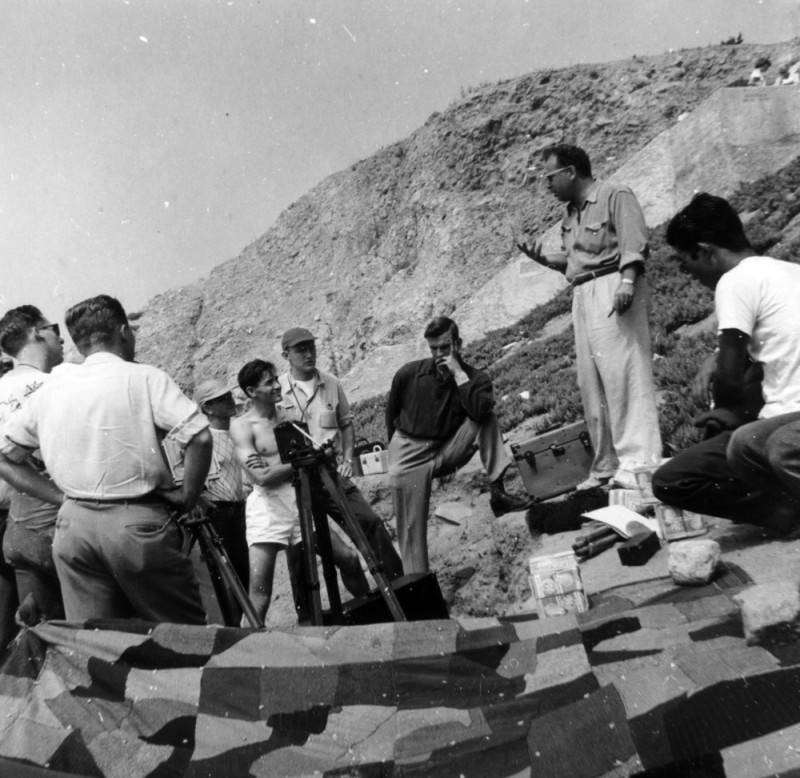
While the impact of collective photography on regional promotion and the role of women in perpetuating such visual narratives in the early twentieth century require further examination, it is clear that camera clubs provided unprecedented participation in civic culture and the arts for many Westerners. Be it the state’s first photography exhibits, outings to missions and to the coast, or congenial strolls through the city, the Los Angeles Camera Club offered an attractive mélange of art, promotion, and historical instruction. Membership in the LACC gave female photographers, aspiring amateurs, and professionals an opportunity to leave their imprint on the cultural scene of the American West in the years before the film industry. The photo-collection of the Los Angeles Public Library provides a rare insight into these understudied decades and invites a closer look at how regional culture was shaped through collective picture-taking.
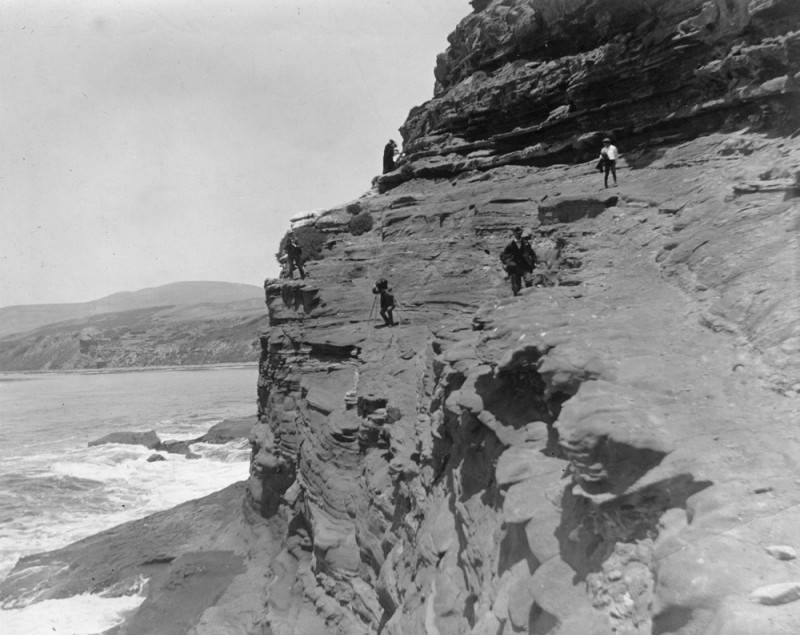

[1] “News of Clubdom,” Camera Craft 1, no. 1 (1900): p. 32.
[2] Walter Sprange, The Blue Book of Amateur Photographers 1893: The New Photographic Club Directory. American Societies (London and Beach Bluffs, MA: W. Sprange, 1893).
[3] “Los Angeles Camera Club Holds a Reception in Its Cosy New Home,” Los Angeles Herald, November 17, 1900, p. 9.
[4] Jennifer A. Watts, “Picture Taking in Paradise: Los Angeles and the Creation of Regional Identity, 1880-1920,” History of Photography 24, no. 3 (2000): p. 243.
[5] “Notes,” Camera Craft 1, no. 2 (1900): p. 65.
[6] “City News in Brief,” Los Angeles Herald, February 17, 1900, p. 6.
[7] “News of Clubdom,” Camera Craft 1, no. 4 (1900): p. 200.
[8] For information on Forbes, see Peter E. Palmquist, Shadowcatchers II: A Directory of Women in California Photography, 1900-1920 (Arcata: Eureka Printing Company, 1991), pp. 128-129; See also Carolin Görgen, “‘Out here it is different’: The California Camera Club and community imagination through collective photographic practices. Toward a critical historiography, 1890-1915” (PhD diss., Université Paris VII Denis Diderot and École du Louvre, 2018), pp. 184-185, 246-248.
[9] Helen L. Davie, “The Los Angeles Salon,” Camera Craft 4, no. 6 (1902): pp. 248-249.
[10] Mrs. Armitage S.C. Forbes, California Missions and Landmarks (Los Angeles: Official Guide, 1903), p. 9.
[11] See Michael G. Wilson and Dennis Reed, Pictorialism in California: Photographs 1900-1940 (Malibu and San Marino: The J. Paul Getty Museum and the Henry E. Huntington Library and Art Collections, 1994); Dennis Reed, Making Waves: Japanese American Photography, 1920-1940(Los Angeles: Japanese American National Museum, 2016).
